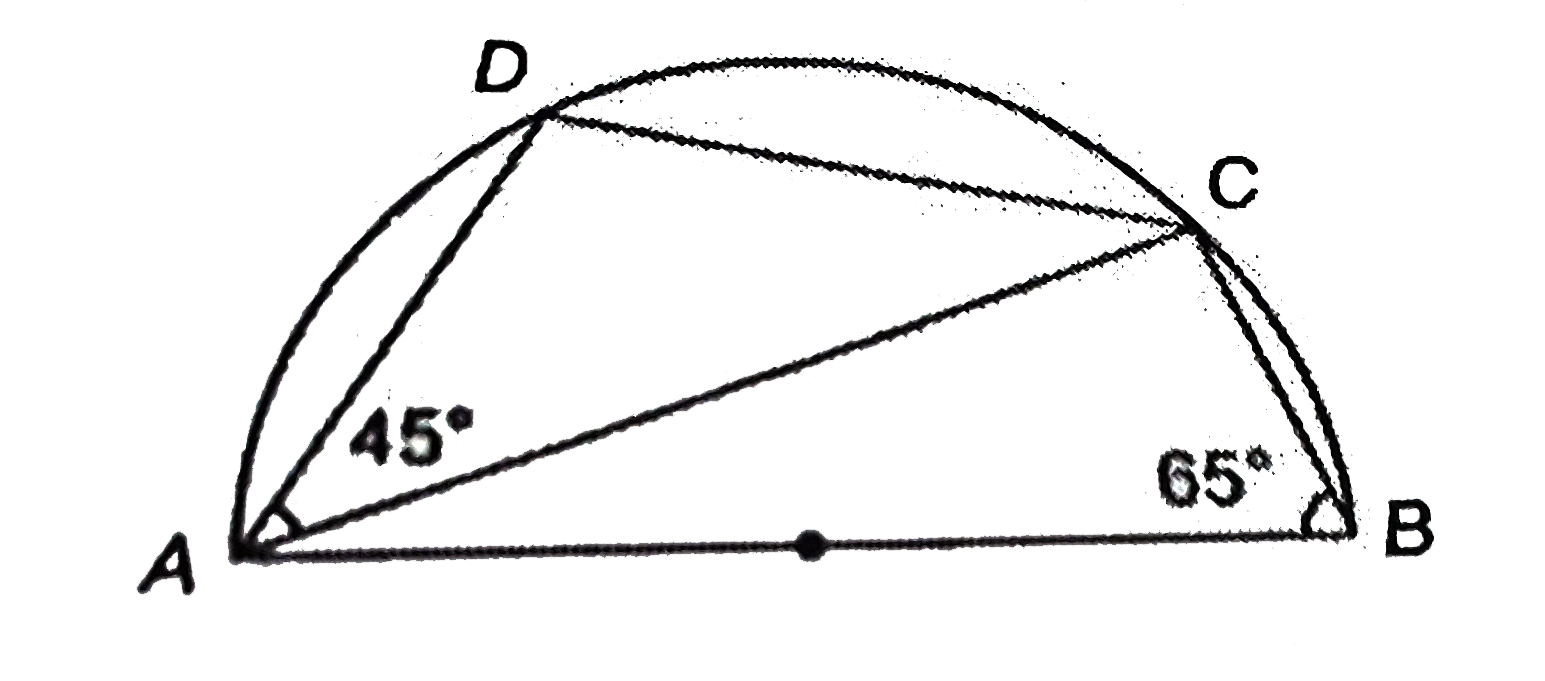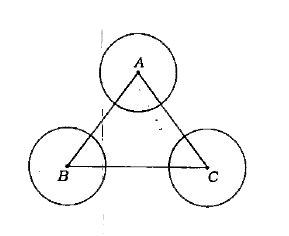In the adjoining figure, a star is shown. What is the sum of the angles A, B, C, D and E?

can't be determined
The correct Answer is:B
Step by step video & image solution for In the adjoining figure, a star is shown. What is the sum of the angles A, B, C, D and E? by Maths experts to help you in doubts & scoring excellent marks in Class 14 exams.
Updated on:21/07/2023Topper's Solved these Questions
- GEOMETRYBOOK - ARIHANT SSCCHAPTER - GEOMETRYEXERCISE - EXERCISE(LEVEL 2)
52 Videos
- GEOMETRYBOOK - ARIHANT SSCCHAPTER - GEOMETRYEXERCISE - INTRODUCTORY EXERCISE - 12.5
60 Videos
- FUNDAMENTALS BOOK - ARIHANT SSCCHAPTER - FUNDAMENTALS EXERCISE - TEST OF YOU - LEARNING - 2
40 Videos
- HCF AND LCMBOOK - ARIHANT SSCCHAPTER - HCF AND LCMEXERCISE - Exercise Higher Skill Level Questions
18 Videos
Similar Questions
Knowledge Check
The energy levels of the hydrogen spectrum is shown in figure. There are some transitions A,B,C,D and E. Transition A,B, and C respectively represent
 AFirst mumber of Lyman series, third spectual line of Balmer series and the second spectral line of Paschen seriesBIonization potential of hydrogen, second spectral line of Balmer series and third spectral line of Paschen seriesCSeries limit of Lyman series, third spectral line of Balmer series and second spectral line of Paschen seriesDSeries limit of Lyman series, second spectral line of Balmer series and third spectral line of Paschen series
AFirst mumber of Lyman series, third spectual line of Balmer series and the second spectral line of Paschen seriesBIonization potential of hydrogen, second spectral line of Balmer series and third spectral line of Paschen seriesCSeries limit of Lyman series, third spectral line of Balmer series and second spectral line of Paschen seriesDSeries limit of Lyman series, second spectral line of Balmer series and third spectral line of Paschen seriesIn the adjoining figure, chord ED is parallel to the diameter of the circle. If ∠CBE=65∘, then what is the value of ∠DEC ?
 A35∘B55∘C45∘D25∘
A35∘B55∘C45∘D25∘
In the adjoining figure, p∣∣q. Find the unknown angles.

View SolutionIn the adjoining figure D, E and F are the mid - points of the sides BC, AC and AB respectively to triangle. Show that ∠EDF=∠A, ∠DEF=∠B and ∠DFE=∠C:

View SolutionIn the adjoining figure D, E and F are the mid-points of the sides BC, AC and AB respectively. △DEF is congruent to triangle :

View Solution(i) In the adjoining figure, find the value of ∠CBE.

(ii) In the adjoining figure, two lines PAB and PDC cut a circle at points A,B,C and D. if ∠PAD=60∘,then find the value of ∠BCD.
View SolutionIn the adjoining figure, AB is the diameter of the circle and two points C and D are on the circle. If ∠CAD=45∘ and ∠ABC=65∘, then find the value of ∠DCA.

View SolutionIn the adjoining figure, ABCD is a rhombus. If ∠A=70∘, find ∠CDB.

View Solution


